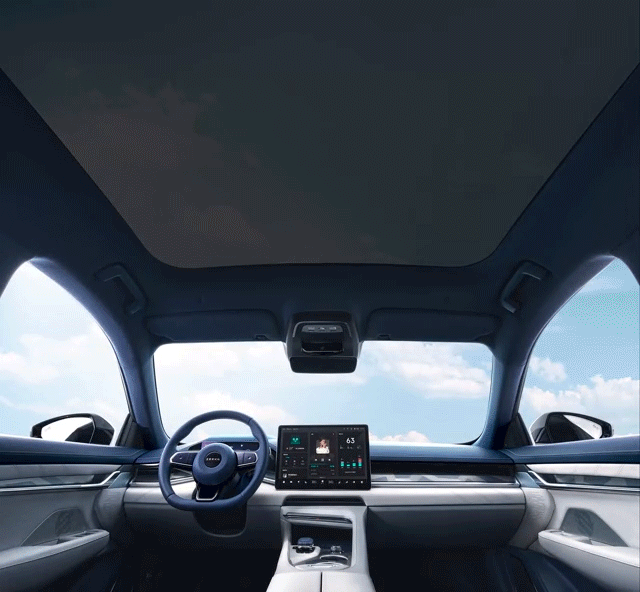Recently, the popularity of Zeekr001 has remained high. On June 15th, the Zeekr official suddenly announced the suspension of the intention deposit, but retains the right to make a final decision. However, on the same day, the price of Zeekr001 WE edition increased from the previous 281,000 to 299,000 yuan, an increase of 18,000 yuan. Apart from the price increase, another reason why Zeekr has been criticized by netizens is that they believe that Zeekr 001 has undergone significant de-configuration, among which the variable EC sunroof has become an optional configuration. Previously, Zeekr claimed that the YOU version was fully equipped, and everyone saw this configuration on the exhibition car, so everyone thought that the YOU version would also have this configuration. After all, in many people’s understanding, the “fully equipped version” is a version with all kinds of configurations. However, even on the YOU version, this has become an optional configuration, and the optional price is still undecided.
What is the solid-state EC light-sensing sunroof?
This technology was previously mainly used in aviation and construction fields, such as the Boeing 787 Dreamliner portholes and Tencent’s office building, etc.
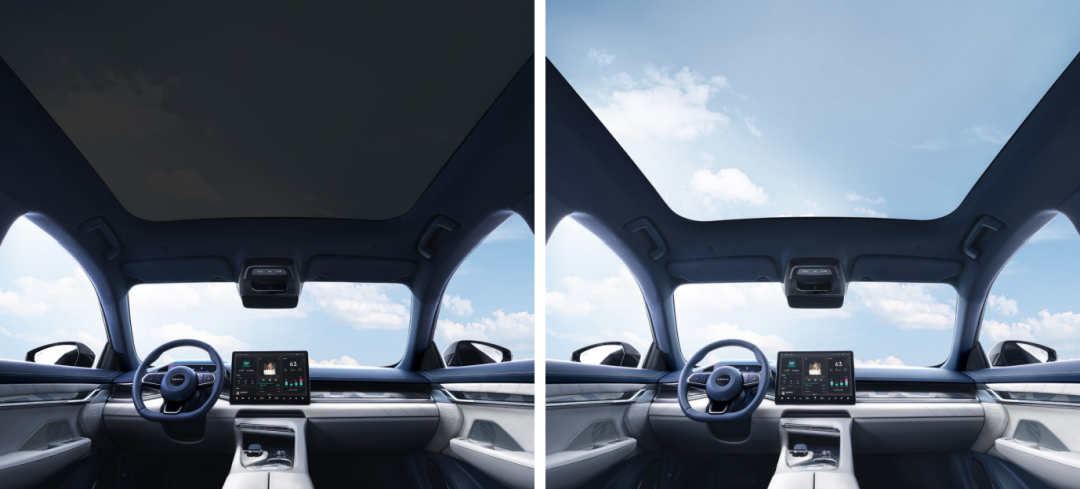
With the upgrade and development of this technology, it has crossed into the consumer electronics and automotive fields. Zeekr 001 uses the latest (third-generation) EC solid-state electrochromic glass technology, which has made significant breakthroughs in low haze value, color-changing range, energy consumption, infinite adjustment, working voltage, and product weatherability compared to previous generations.
The working principle is that under the action of voltage, the “sandwich” structure (ion storage layer-solid-state electrolyte-electrochromic layer) undergoes microscopic chemical changes. The optical elements in the sunroof glass material undergo stable and reversible oxidation-reduction reactions, and the transmittance, reflectance, and absorptivity of light change, making the glass turn into sky blue to achieve the function of sunshade, heat insulation, and privacy protection.
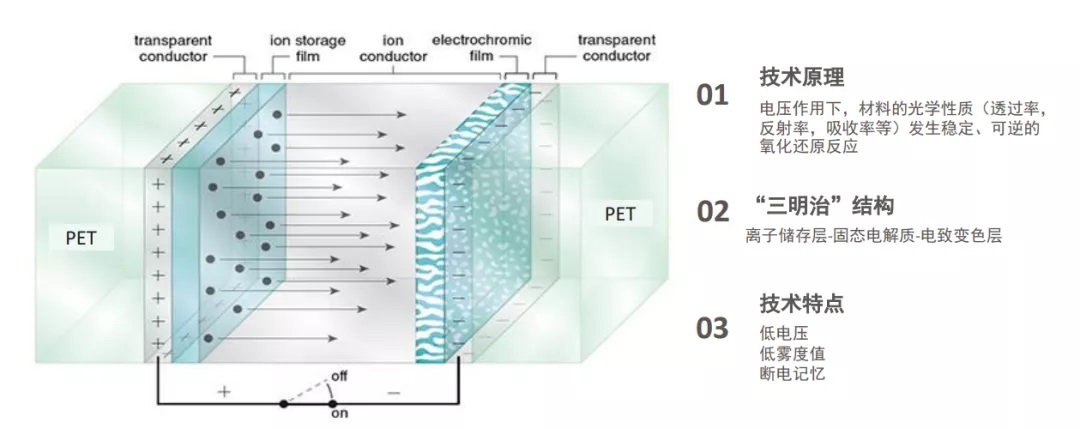
Zeekr 001’s sunroof that uses EC electrochromic technology maintains a crystal texture from the transparent state to the sky-blue color after the color change. Compared with the frosted glass effect presented by traditional PDLC film, the low-haze advantage of the EC light-sensing sunroof is obvious, with a haze value of less than 2% and thermal insulation and UV protection capabilities.The JiKe 001 Sky Screen with EC electrochromic technology can intelligently sense the intensity of ambient light and adjust automatically without any manual operation. It also has a manual mode with stepless gradient color change and dimming, which allows users to adjust to the optimal state at will. In addition, it can be controlled by voice commands or the central control panel. Moreover, after parking and power-off, the EC light-sensitive sky screen of JiKe 001 can maintain the adjusted state for a long time, up to 3-5 days. The JiKe 001 with sunshade, heat insulation, sun protection and high privacy has a transparent state in normal conditions. When it changes color, the glass turns sky blue with a UV blocking rate of up to 99.9\% and SPF sunscreen protection factor of up to 50. The UV transmittance rate is less than 6\%. Furthermore, the EC light-sensitive sky screen can also block infrared rays.
Regarding the material differences between the three common types of variable sky screens, namely suspended particle devices (SPD), solid-state electrochromics (EC), and polymer dispersed liquid crystals (PDLC), I have made a table based on some online sources. If there are any errors, please kindly point them out.
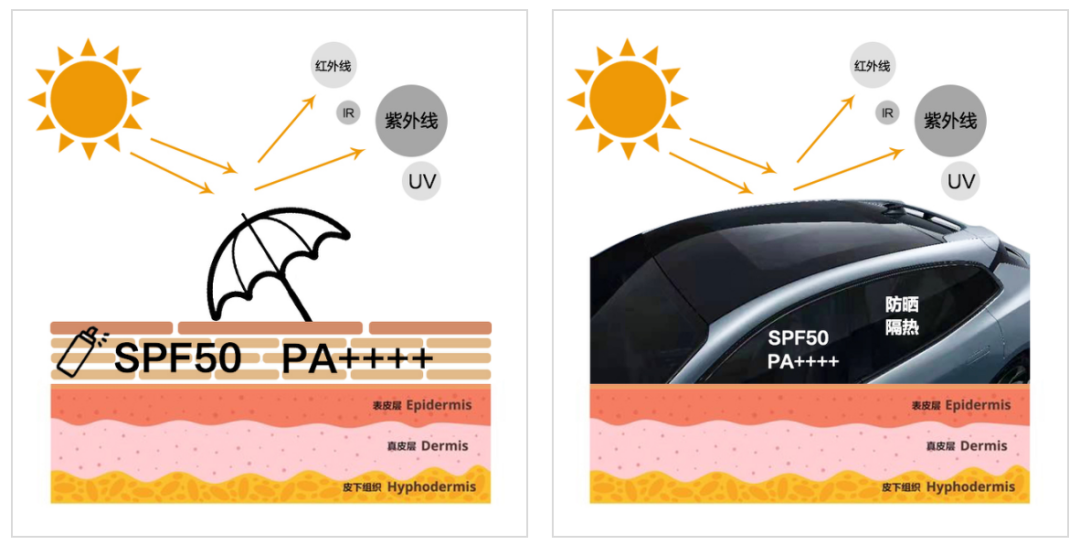
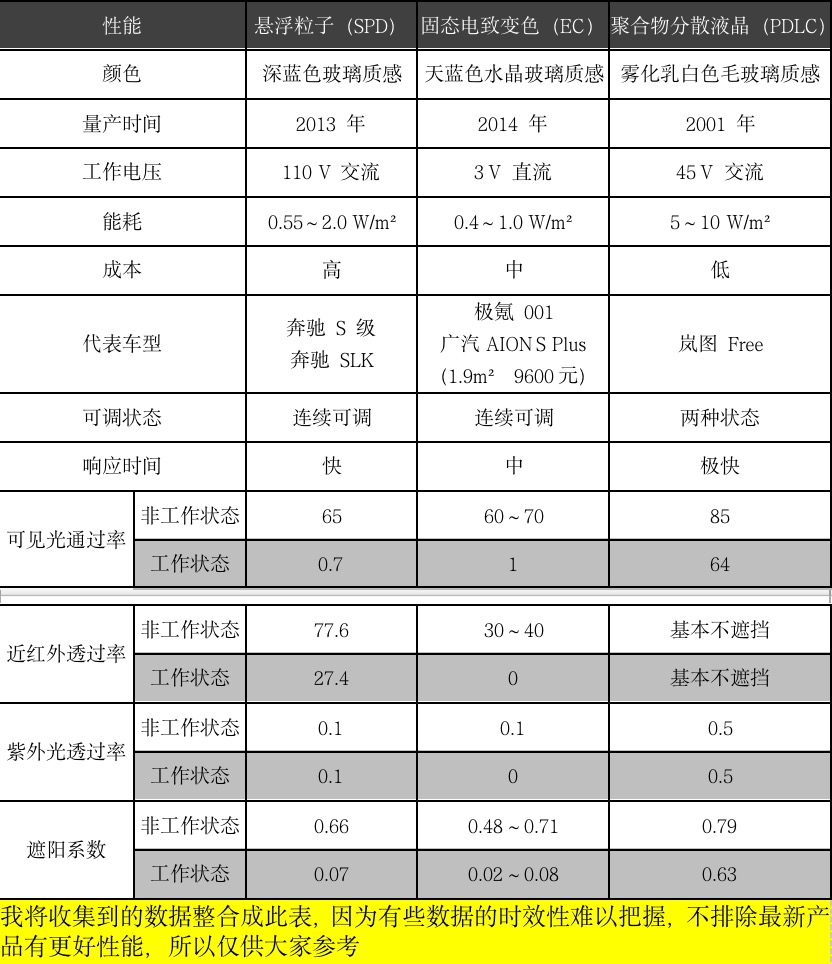
This article is a translation by ChatGPT of a Chinese report from 42HOW. If you have any questions about it, please email bd@42how.com.
